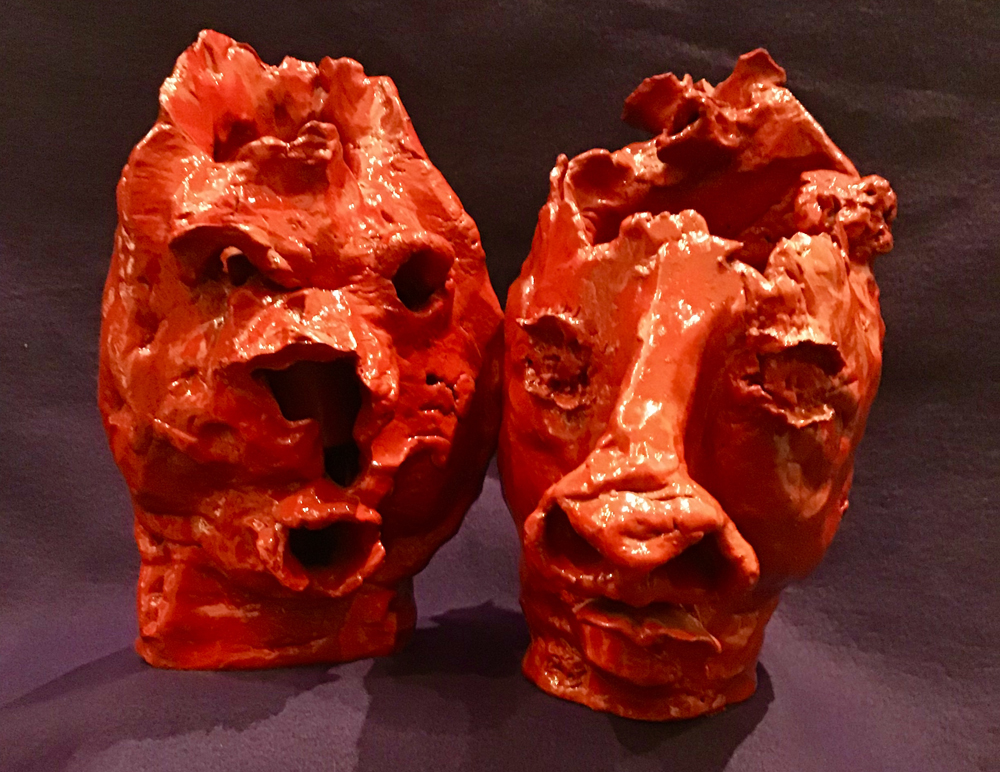
December 3, 2023
by Béa Aaronson
In Maya tradition, every creation has an unseen power and there is no distinction between natural and supernatural power. The life of a human being is paralleled by his or her Nawal. In Mesoamerican folk religion, a nagual, nahual or nawal, is a human being who has the power to magically transform him- or herself into an animal form, inhabited by its powers. Our behavior in the outer world is directly related to our understanding of our inner world.
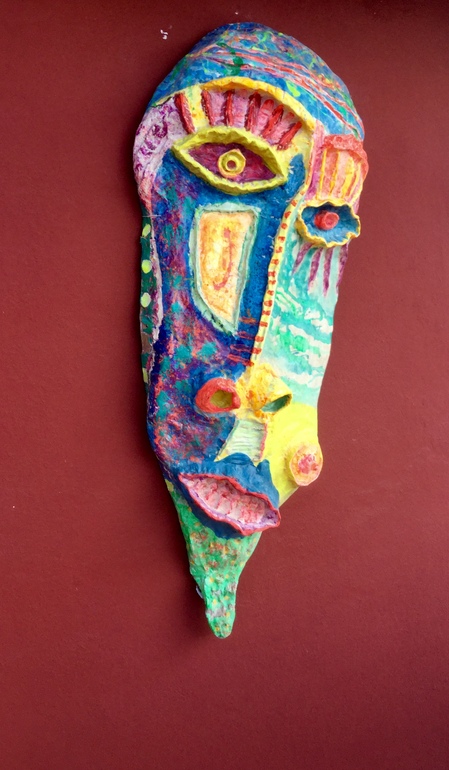
I have always been attracted to, magnetized by cultures who acknowledge, accept, respect and work with the inner spiritual dimension of life, with other realms of consciousness, and use art to delve into and exteriorize the various forces that inhabit all of us.
When I initially arrived in San Miguel, the first thing I did was to read and learn about the Maya cosmogony, the Nawatl culture which nurtured Pre-Hispanic Mexico and still animates the Mexican Soul today. Maya culture goes back some 3,200 years. Like most native people in all of the Americas, the Maya people are naturalistic, that is to say, they believe there is a particular animal with which each of us humans has a unique, spiritual link. This creature is often referred to as Animal Spirit or Animal Spirit Guide or Animal Guide. In most of the Maya languages it is referred to as Nawal.
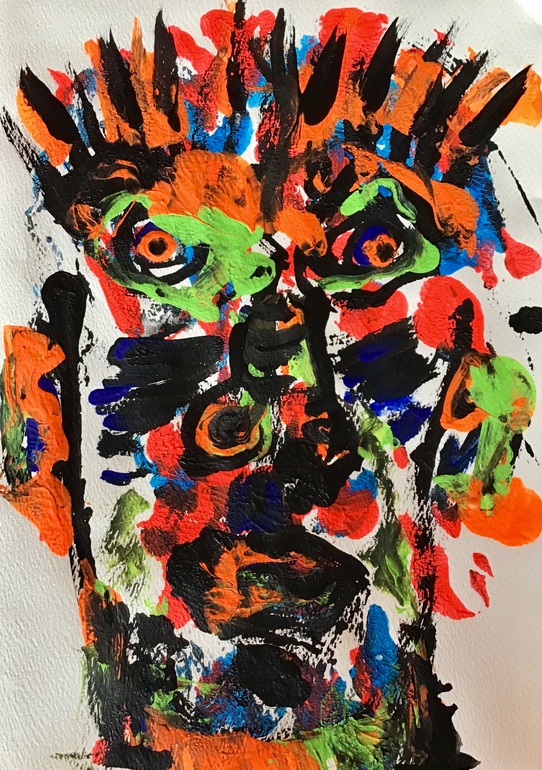
The word nawal derives from Nawatl, not only a people and a language, but also an indigenous religious practitioner, identified by the Spanish as a magician. Nawatl is in fact the name of humankind before the colonization of the Nawatlan, the Americas.
Nawalism is a form of Animism. It gives a soul to all forms of Nature, to trees, mountains, animals. It believes in the sacredness and spirit existence of all aspects of Nature. In lots of ways, it is quite similar to the Taoist experience of the universe.
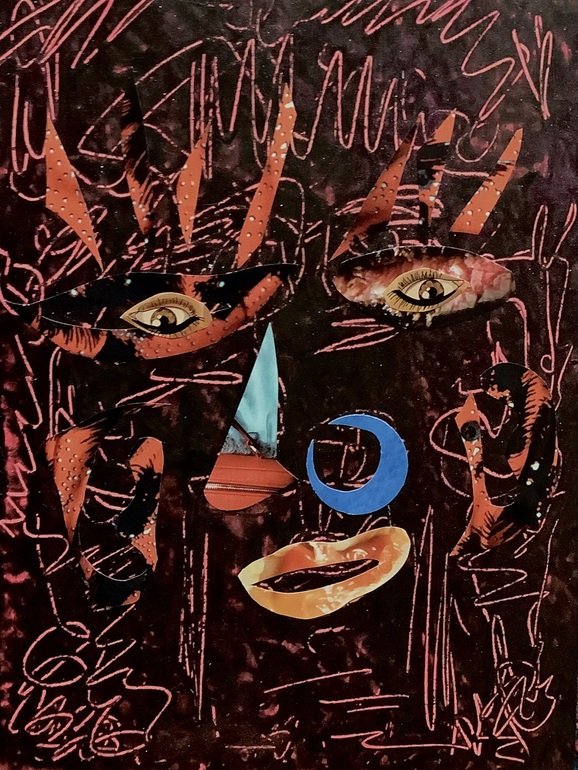
The shaman acts as a mediator, a vessel of transference and contact between the outer and the inner world, between human energy and natural energy, whether animal, vegetal, or mineral.
And this is how I perceive the true role of the artist, the creator of images, as a magician who harnesses the instinctual forces which animate us; a mediator between all aspects of life, a translator of emotions, a magician. There is a ritual sacred dimension in each creative act, and in all of my images.
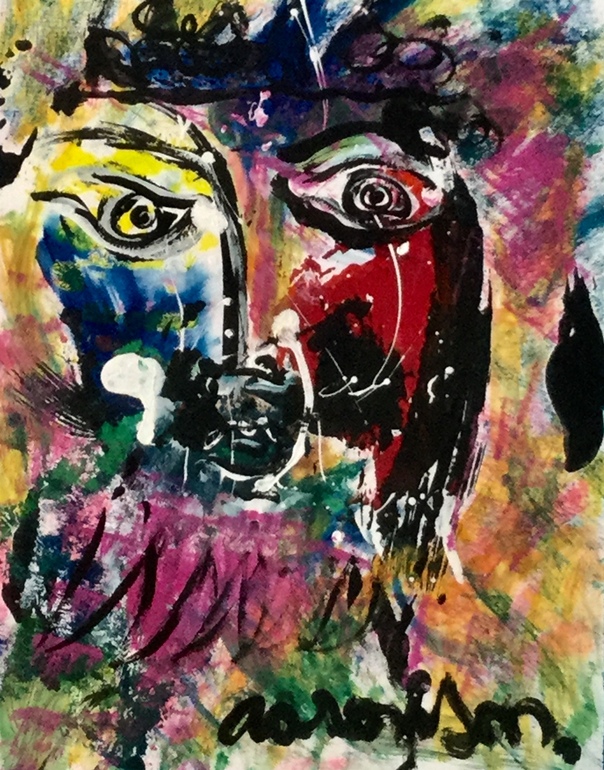
How wonderful to learn that artistic creation is an essential part of the Nawatl philosophy. As Kupíha'ute-Itzpapalotl, a Nawatl artist Shaman explains: "the essence of the Nawatl art is that it is created completely, absolutely freehand… with no sketch or model or copy whatsoever... the process of creation implies a ritual journey inside oneself through which one revokes (and) collects the archetypal symbols and the legends of one's ancestors."
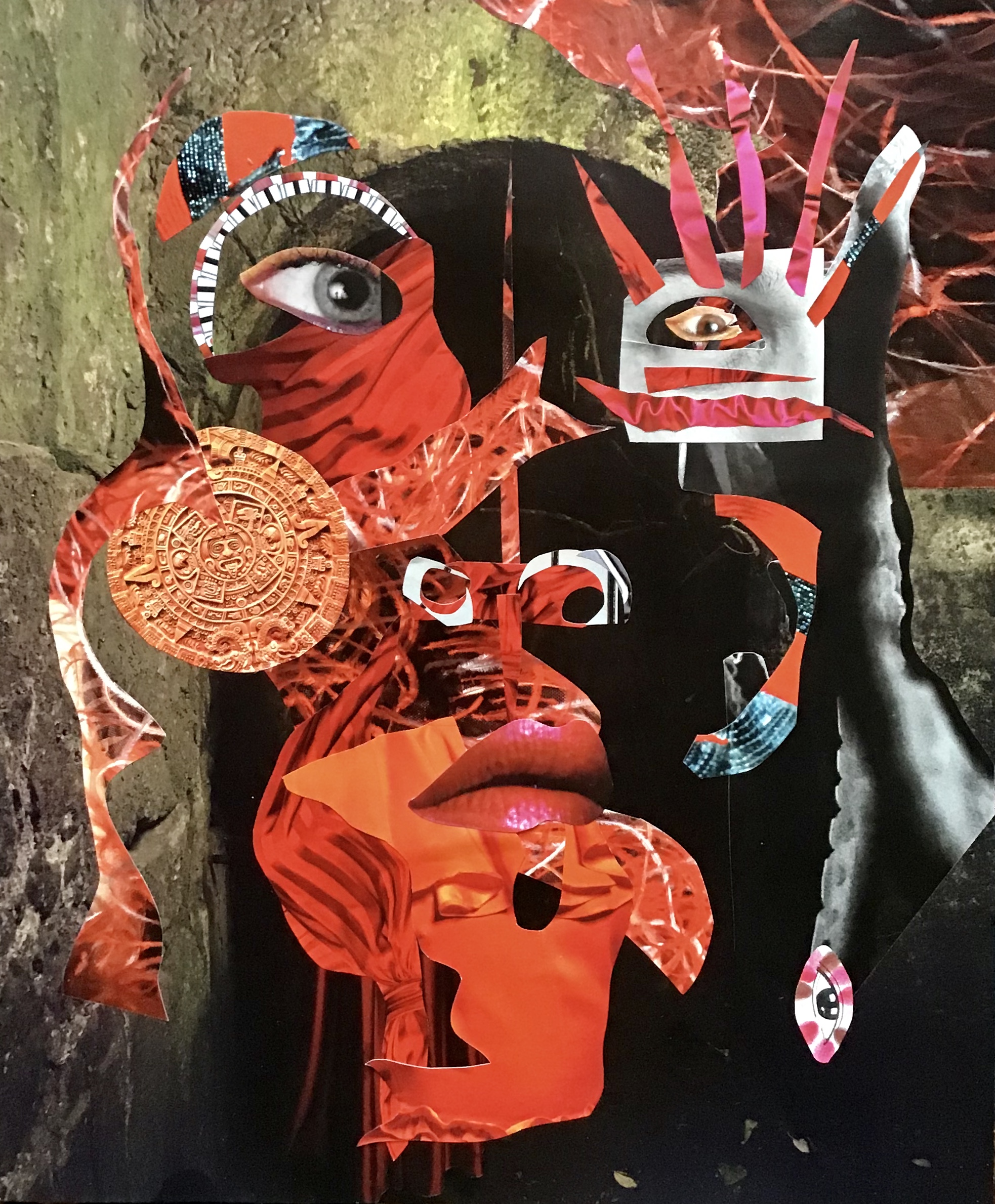
In my Nawal works, I am trying to honor the Nawatl philosophy of Animist art. No sketch, no preconceived plan. I am accessing the pure, raw vision of Nawal metamorphosis, offering my own Shamanistic visions, exteriorizing the instinctual forces, which live inside of me.
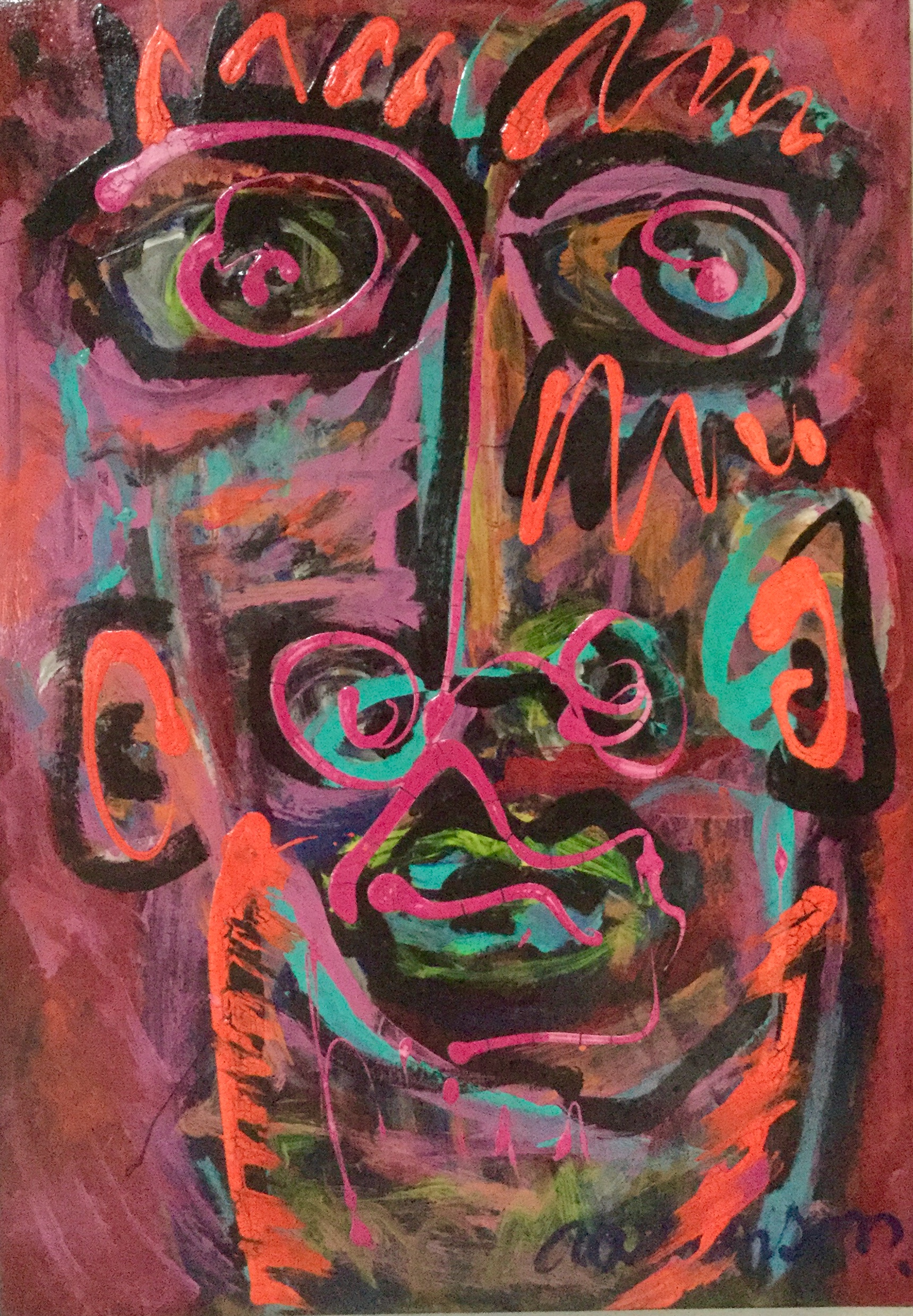
In all my work, I sacrifice my ego in order to recognize the transparency of the world, and erase the illusion of the material world. My Nawatlan help me find the way to balance myself from the inside, to harmonize and synchronize my inner world with the energy of the outer world, to harness my impulses, to increase my spiritual powers. This is ecology in its purest form!
My art begins and lives at the intuitive and instinctive level, to use a Nawatl word, in the Iyari, in the heart, not the brain. I believe that if we acknowledge and respect the instinctual part of our being, we can avoid problems before they develop.

Too much civilization, too much technology, hinders us from developing our spiritual potential. The burden of material possessions can also slow down our spiritual journey. We have to re-learn how to trust our instincts in order to achieve higher awareness. We do not fear the wolf, but the wild nature within ourselves…
Stylistically, my Nawatlan feel at home in the rawness of the German Expressionists and the Cobra movement too. They channel and tame energies and emotions, extolling the Fauve palette and distorting shapes to achieve emotional impact, awakening the unconscious through a conscious visual assault.
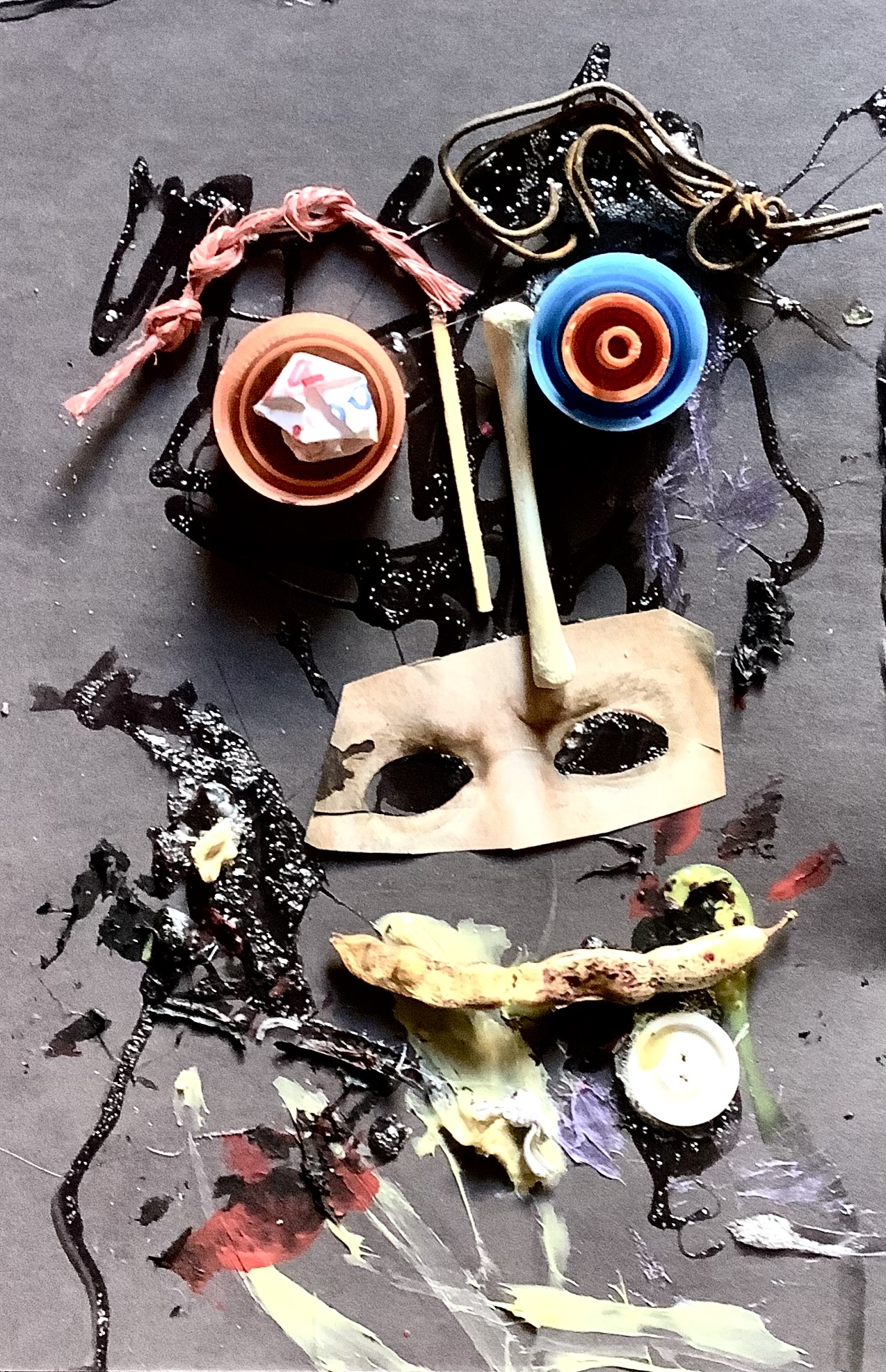
On the other hand, my Nawal sculpture-assemblages belong to the Arte Povera style, using bones, tree bark, seeds, and all sorts of found objects. They resonate with surrealist and symbolist chords, those discordant harmonies, which tear apart our false sense of numbing comfort.
Whether paintings, collages, assemblages, or sculptures, they all concretize a metamorphic transformation, a re-birth. They represent a process of psychological transference, as if you could travel behind the mask, go through the silvering of the mirror and directly touch a part of inner reality, a space of reflection within the flesh of instinct…
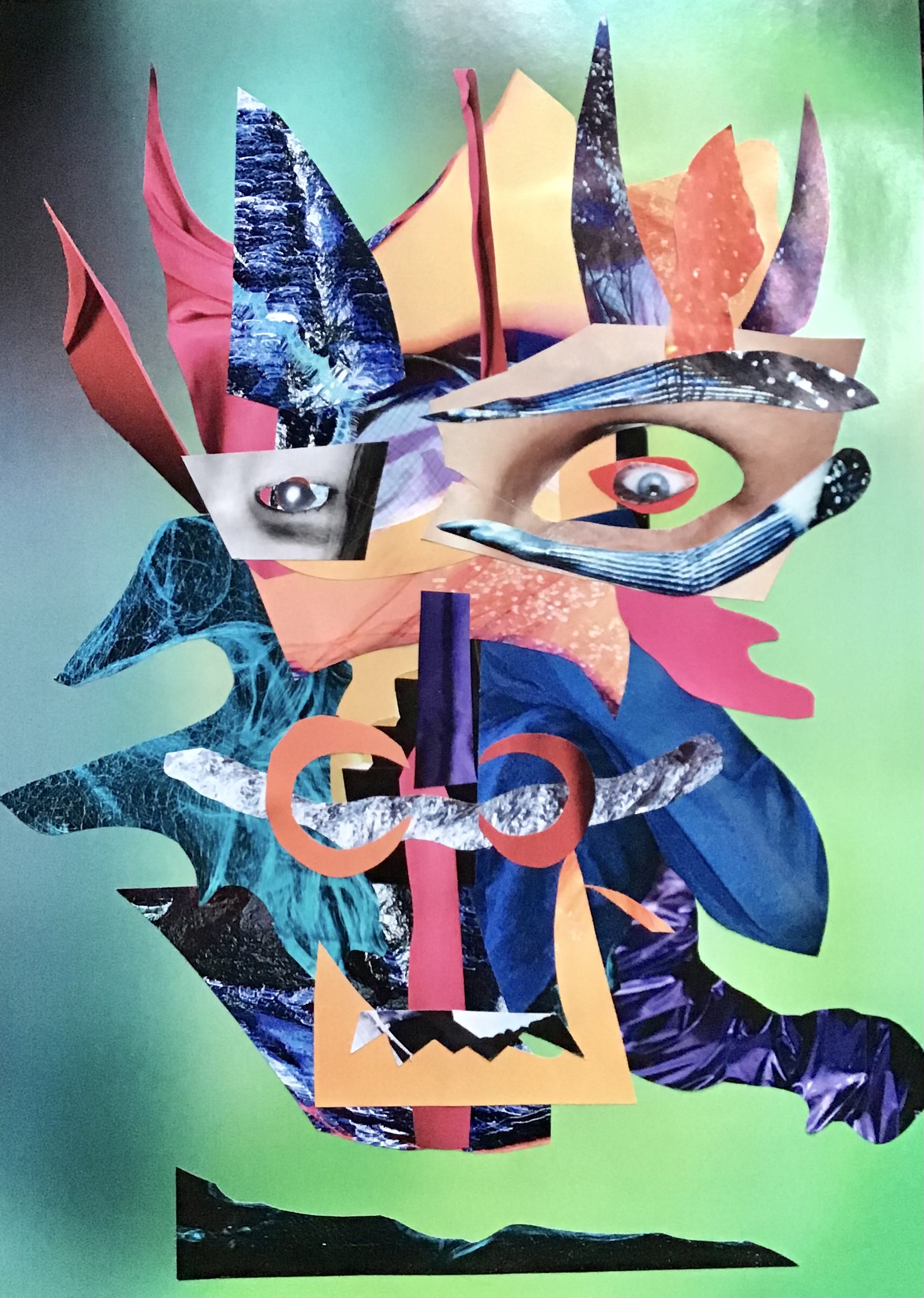 **************
**************
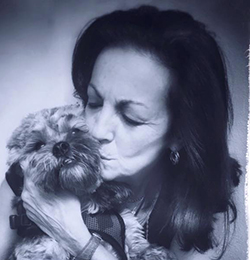
Béa Aaronson was born in Paris. She is a self-taught multimedia artist (painter, sculptor, welder, collagist, photographer), a published poet, author, and art critic, an international lecturer and independent scholar, as well as a stage performer and movie actress.
She holds a Honors degree in History of Art, with a thesis on Gustave Moreau A Mystical World, an MA in French Literature with a thesis on Charles Baudelaire entitled Baudelaire Le Sang: Homopoeisis et Blessure, an essay on the symbolism of Blood and the Wound in The Flowers of Evil, and a PhD in Philosophy and Comparative Literature with a dissertation on Marcel Proust, The Bark and The Sap: A Midrashic Reading of Marcel Proust’s A la recherche du temps perdu, focusing on the Jewish Kabalistic dimension of In Search of Lost Time.
She has published many essays, poems, articles, drawings, paintings and photographs in various magazines, journals and encyclopedias, such as Found Object in New York, Deus Loci in Baltimore, Tessera in Canada, The Review of Francophone Literature in Amsterdam, The Encyclopedia of Twentieth Century Jewish Writers in London, and Polyphony in Charleston. She published and illustrated her first book in 1998, Baudelaire-Miller Sexual Squalor in Paris, which is now the property of Harvard’s Private book collection.
Aaronson has exhibited her work in
the FIAC in Paris and Strasbourg;
Galerie de l’Europe, rue de Seine Paris
the Chateau de Sade for the French designer Pierre Cardin;
the International Art Fairs of Miami and Beirut;
the National Gallery of Art in Cape Town, South Africa;
the Gibbes Museum in Charleston, SC;
in Israel, Mexico, and the United States of America.
She was the official Piccolo Spoleto poster artist, in 1989, 2001, and 2005, and also created posters for The Alliance Française and the Jewish Cultural Center of Charleston, SC.
Her creative journey is an adventure of the senses, a synesthesia of energies and media… Beyond frames, beyond categories.
bea_aaronson@hotmail.com
415 153 21 78 WhatApp
www.artlifebea.com
More art
**************
*****
Please contribute to Lokkal,
SMA's online collective:
 ***
***
Discover Lokkal:
Watch the two-minute video below.
Then, just below that, scroll down SMA's Community Wall.
Mission

Visit SMA's Social Network
Contact / Contactar

